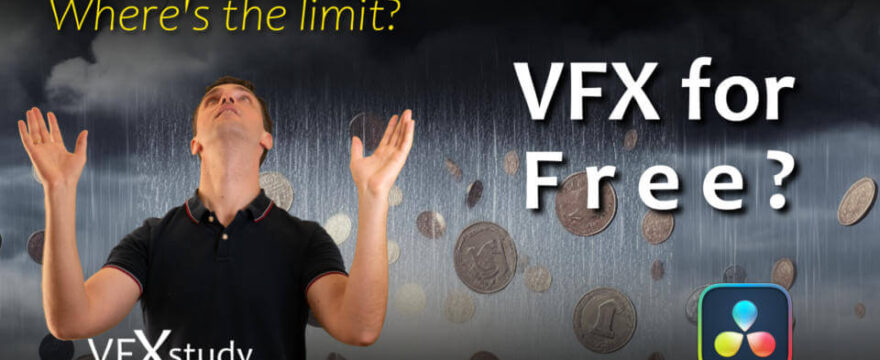Let’s take a quick look at DaVinci Resolve’s free version versus the Studio version from a VFX perspective. In this tutorial, you learn what you can achieve for free, identify the features that require an upgrade, and discuss workarounds if the Studio license isn’t within your budget. This tutorial is ideal for students, hobbyists, educators, and anyone mindful of their budget.
What You Get for Free
The good news is that the free version of DaVinci Resolve is quite powerful. Basic tools for editing and color grading are fully functional. Many AI-powered effects, such as speed warp, magic mask, and some GPU accelerations as well as support for highest resolution, are restricted to the Studio version. However, for most foundational tasks, the free version suffices.
Fusion for Motion Graphics and VFX
For those interested in motion graphics, the free version covers almost everything you need, including Fusion title templates and lower thirds. For VFX compositing, certain advanced features might push you towards upgrading to the Studio version.
- Magic Mask: This AI-powered rotoscoping tool is great for loose masks but not yet perfect for precise masking, where manual rotoscoping may still be required.
- Tracking: While the new IntelliTrack AI-powered point tracker is exclusive to the Studio version, the regular point tracker is still available and functional. 3D camera tracking also requires the Studio license, but in an educational setting, you can create the 3D camera from one computer or even from 3rd party software and share it with users for the free version.
- Fusion Studio: For pure VFX shots, Fusion Studio, which comes with the Resolve Studio license, can be more efficient. It’s lightweight and includes features like a render queue for remote rendering.
- Advanced Resolve FX and OpenFX: Some advanced plugins, especially those related to lens effects are exclusive to the Studio version. Likewise if you need any 3rd party OFX plugins, you need the Studio version to run those.
- Temporal Denoise: Having a good temporal denoise algorithm at hand is critical for many VFX tasks. The temporal denoise from DaVinci Resolve Studio is a good start. Neat Video is also a popular alternative. Here, users of the free version have limited options. A small amount of blur or trying to match missing grain through artificial grain can help in some scenarios.
For full-time professionals, the Studio version of DaVinci Resolve is often a necessity. However, for students, hobbyists, and educators, the free version offers substantial capabilities. If you find yourself needing advanced features and are on a tight budget, there are sometimes workarounds to consider before upgrading.



Leave a Comment
You must be logged in to post a comment.